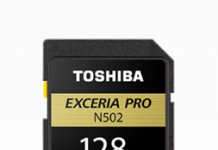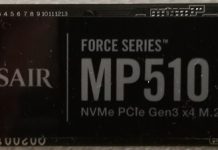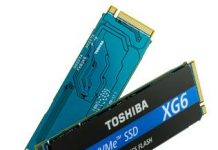|
|
Review: Intel X25-M |
Intel NL was kind enough to send us their "mainstream"
solid state drive for review, the MLC based 80GB X25-M series. The X25-M series
of drives have a 2.5 inch form factor, SATA2 connection and SATA power
connector. The X25-M series can be fitted to a laptop with SATA hard drive
support, or as we have done for this review, the Intel X25-M series can also be
fitted to a desktop PC which supports SATA hard disk drives.
In this review we will test the performance and usability of
the Intel X25-M series (MLC) SSD. When Intel introduced the X25-M series of SSD
drives, Intel at a single stroke changed forever the perception of SSD, there
was simply nothing that could match the Intel X25-M series of drives in the
mainstream sector for performance. Things have changed, and the Intel X25-M now
has some serious competition in this market sector. Let's find out how the
Intel X25-M SSD performs in our tests.
Intel Company Information
I’m sure most CD Freaks members will be familiar with the
Intel brand name. Intel has been manufacturing high performance CPU's, motherboard
chipsets, and other PC related hardware for many years.
More recently, Intel ventured into the SSD market and caused
quite a stir in the process.
If you would like to find out more about Intel, you can
visit Intel's website.
Packaging

Box front

Box rear

Box inner packing
Not much can be said about the box that the Intel X25-M came
shipped in. The box is made from plain brown coloured cardboard. Inside the
main box is a further box and more robust packaging. The inner box is made from
tough cardboard with foam protection. The drive itself is housed in an anti
static bag. There should be no problem with the way the drive is packaged.
What’s inside the box
Now it’s time to take a look at the drive itself and what
the drive came shipped with.

The package contained the drive itself and instruction
booklet.
Now let’s take a look at the drive itself.

Drive top
On the top of the drive we can see a single label. The label
states the drive model number and capacity and that the drive was manufactured
in China. The label also lists the drive part number and serial number

Drive bottom
The bottom of the drive is plain, but we can also see the
drive’s SATA power and data connectors.

Drive rear
On the rear of the drive we can see the SATA power and data
connectors.
The Intel X25-M is well constructed, in a strong metal
housing.
Now let's head to the next page, where we look at the
drive’s features.

















